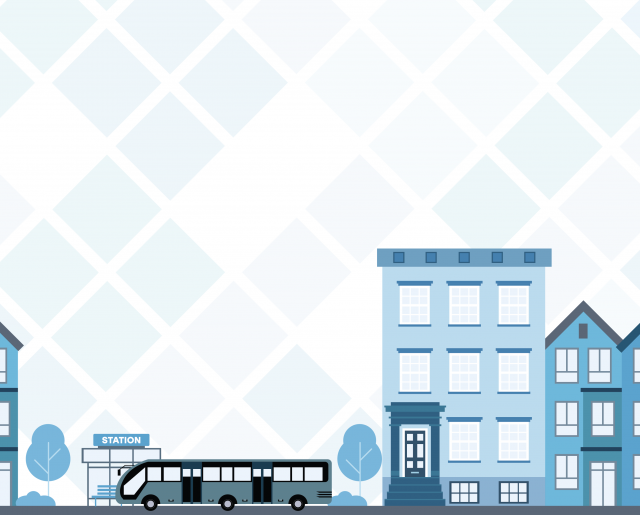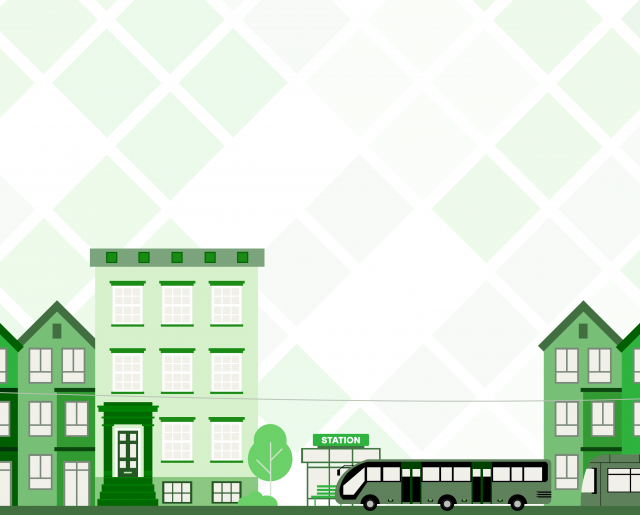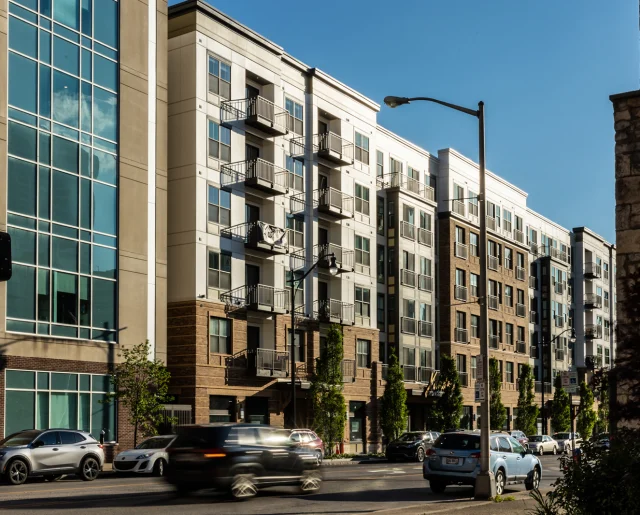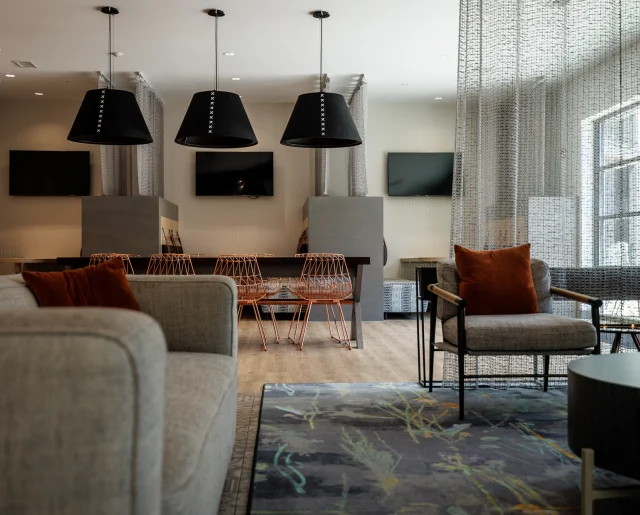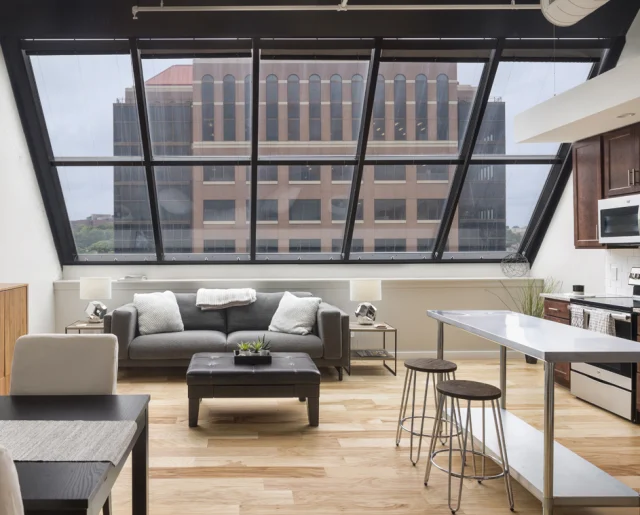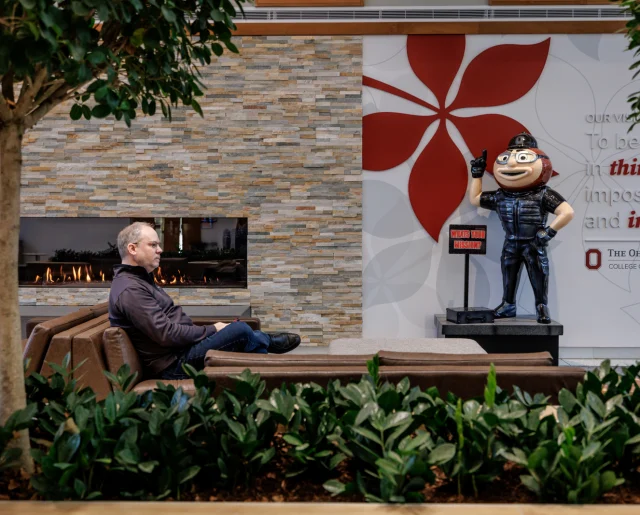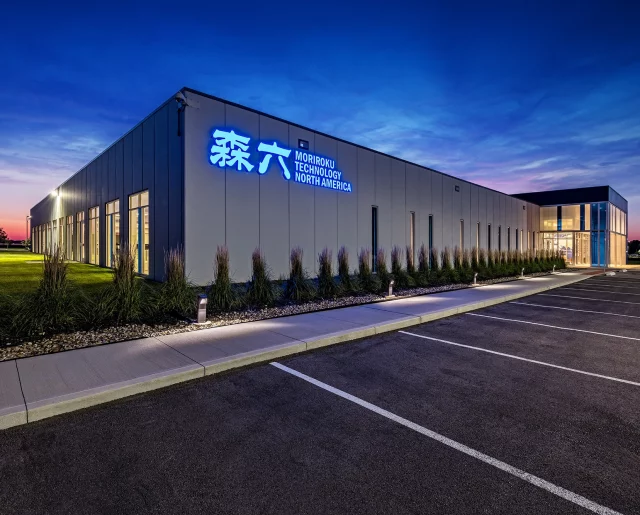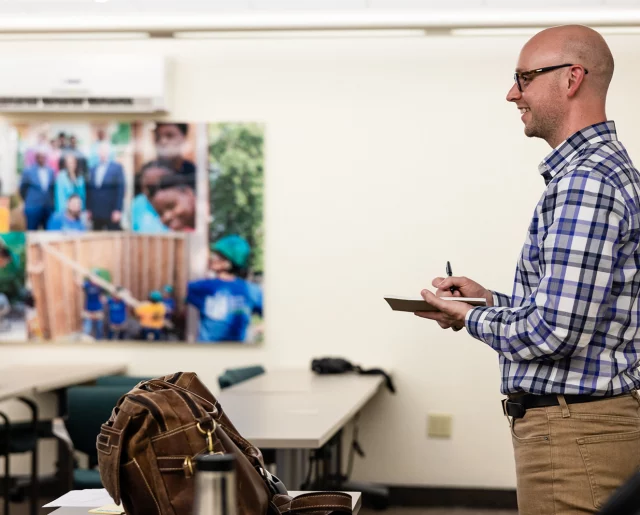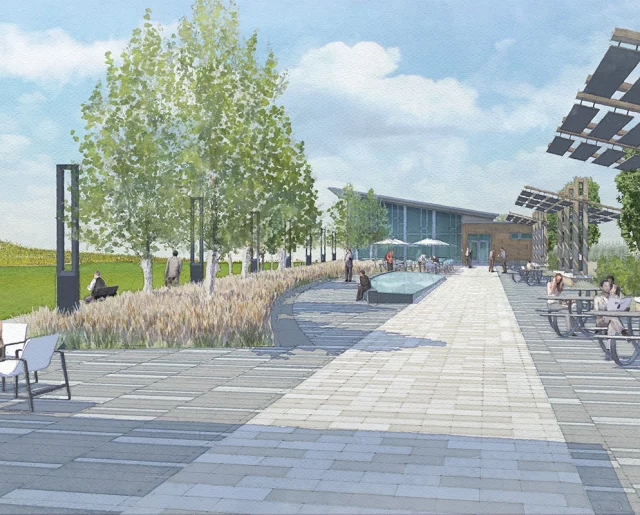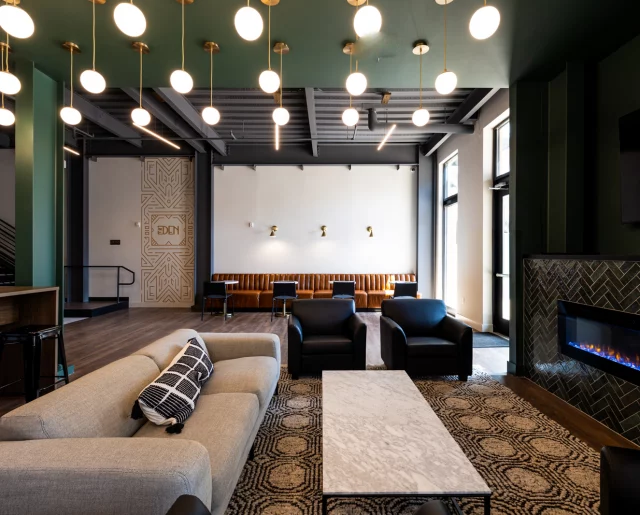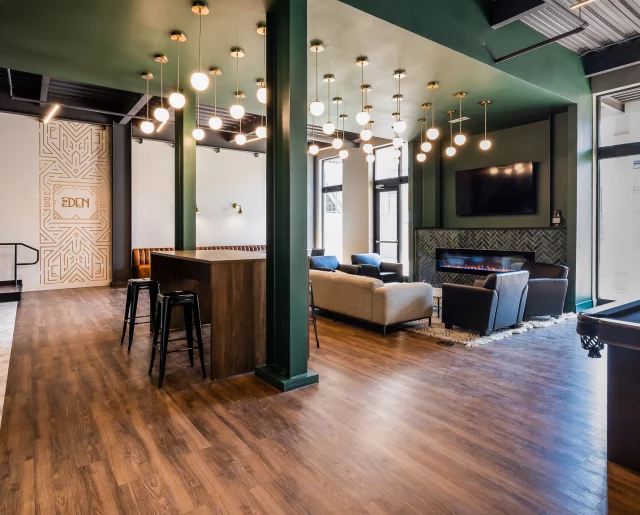Why Home for the Holidays Might Not Sound As Great – Avoiding Home Burnout
WFH can work – if you have the right tools and ways to combat a growing sense of Home Burnout. Yes, the pendulum is swinging the other way.
What is home burnout? Home burnout is fatigue or feelings of negativity caused by chronic and repetitive exposure to the same stimuli or stressors, think experiencing the same space over and over again while trying to juggle taking care of your kids and running the business. It can show up in any number of ways, from a constant sense of deja vu, feeling overwhelmed, being more irritable, losing sleep, or just having a continued sense of exhaustion.
While we’re preparing for home for the holidays, it might sound like the least anticlimactic thing yet, considering the majority of us haven’t left home.
That’s why, as a Futurist, and Senior Interior Designer, I’m confident that 2022 is the year the office becomes a destination again.
Many people, myself included, have enjoyed the benefits of working from home, with many predictions saying anywhere from 25-30% of the workforce will be working from home one day or more going forward. However, what many either do not see or choose to ignore is that there is still inequality in the access to be able to WFH or have a continued positive experience while working at home.
Right now, we are all dealing with PTSD from the pandemic, especially now that it is moving toward an endemic outcome versus a true ending. We will be living with Covid, which means we need to shift our idea of what our relationship with working from home means versus working in the office. To make both successful, we must change how we view each, and allow ourselves spaces to distance from both models when needed.
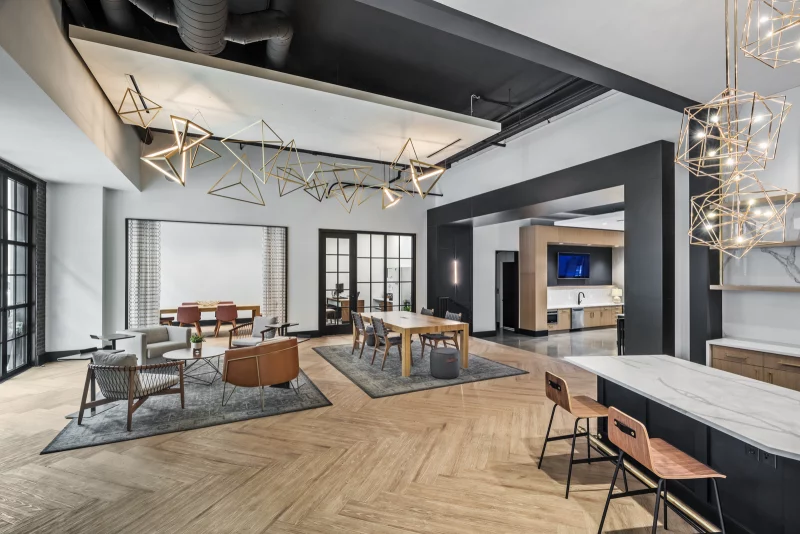
For those still wondering what the IRL workplace experience should be, here are my top 3 suggestion on what to consider the in-person workspace to be:
- A Fluid Experience – Avoid creating a stagnant, always go to the same place work experience. To bring people into the office, it needs to be flexible in a way that builds autonomy. One thing you can do, is take some of the fixed workstations away and create a makerspace that allows for employees to come and build their work setup for the day.
- Engagement through Learning – To combat the Great Resignation, create spaces that allow your employees to learn something new, contribute to an innovation, or be a part of a solution everyday. Many workers cite the need for new skillsets, and McKinsey has actually researched 56 foundational skills the future worker will need to thrive. Upskilling and reskilling spaces or centers will be attractive for WFH employees who want to stay relevant, and will be a good way to reactivate the office.
- Culture Eats Strategy for Breakfast – As the saying goes, culture will win. Rethink your space as a place where your values are at work versus just the day to day tasks. If you have a CSR partner, think about how you could bring them into the office, which might give your employees a way to interact with the community and make sure you space will never go dark again. You should also be considering how all employees are represented within the space, how their unique and varied daily rituals can be allowed to succeed. This can start with understanding what your employees’ needs are both as a person and as a worker.

On the opposite end of the spectrum we must not lose sight of those who are not in the office as much. Burnout in employees who work from home is actually 15% higher than those who work in the office. This shows that their experience is just as critical, and must be just as equitable. In light of the upcoming holidays, where people might be spending more time at home, I also wanted to share some ideas on how to avoid Home Burnout so you can begin your practice now and be set for the new year.
- Identify Your Respite Space – Taking a break matters. Studies show that taking micro-breaks can actually have a positive effect on not only your work, but on your mental health as well. Try to find a separate space from your WFH office (this can even be your bathroom.) Make sure this space is a place where you can have some quiet, hopefully some natural daylight, and a plant or two. Then make sure to set a time each day to visit this space to take a few calming breaths, maybe sit under a weighted blanket, or even color. All of those activities have been shown to help calm the central nervous system. If this seems a bit daunting, then maybe consider this as a great side-project, something you can focus on and plan to check off your list in 2022.
- Shake Up Your Defined Workspace – Defined workspace has been proven to make the WFH office successful and enjoyable, but to make it truly successful it needs to be a separate space away from the kitchen table. That being said, you should probably consider changing things up from time to time – especially if you have been in the same space since the pandemic began.. This will allow you a chance to have a fresh perspective while dealing with your normal schedule. Consider going to the library, or even the co-working center down the street. Being in communal space with others can help make your defined space in your home feel renewed even if you only get out of it every once and a while. And if changing space is not an option, then consider some new additives like adding a new piece of art, a new area rug for a soft texture under your feet, or even a new sit-to-stand desk so that you can still change your perspective.
- Schedule in Something New – Routines can be helpful, but they are often not inspirational. This suggestion has nothing and everything to do with work. What I suggest is getting outside into a new experience. Recently we visited the Van Gogh Immersive Experience. Being immersed in art in that way is not something I have ever experienced, and it was very refreshing. Studies actually show that experiencing or learning something new can improve your brain functions, and it also shows that when you create more diversity in your life you also become more creative – this will help you reset your typical routine experience as well. If new experiences don’t sound exciting to you, simply try a new project or consider volunteering. These simple tasks will have a great impact, and again disrupt your WFH Burnout.
If 2020 was The Great Accelerator and 2021 was The Great Realignment, then 2022 can be Your Great Renewal with your IRL and WFH workplace.

